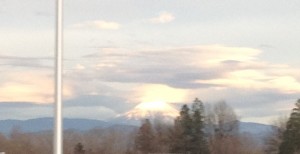Please start saving boxes, shoe box or larger for solar ovens. Project to begin late February after we study “light”. We will also be using the ovens to boil water, and to melt chocolate to make smores! (The Gold Team did this in October – now its our turn!)
Donations needed for the Solar Ovens project:
1 box for team of three to make ovens
Saran Wrap or similar for “lense” on oven –
If anyone has access to inexpensive plexiglass (for the ovens) please let me know. We would need about 40 pieces (about 8 by 11 inches) and edges sealed/taped/sanded to prevent injuries.
Large boxes of graham crackers
Chocolate bars
Marshmallows
Donations requested for the Light Unit:
Flashlights with batteries, both LED and incandescent
Mirrors all sizes (please deliver with your student as glass is pretty dicey with kiddos)
old polaroid sunglasses (that we can dismantle and use the lenses)
quartz crystals, prisms, mylar or anything like that refracts light and makes rainbows!
magnifying lenses (we have a few, but extras would be great)
Donations needed for water unit:
Old colanders, strainers
buckets
filter paper, paper towels
empty water bottles (plastic is best), straws, large collecting trough (If we continue to have rain, it might be fun to see how much each class can “catch” from the sky.)
large funnels, small funnels
We’re half-way through the year! It’s going to go really quickly now!


